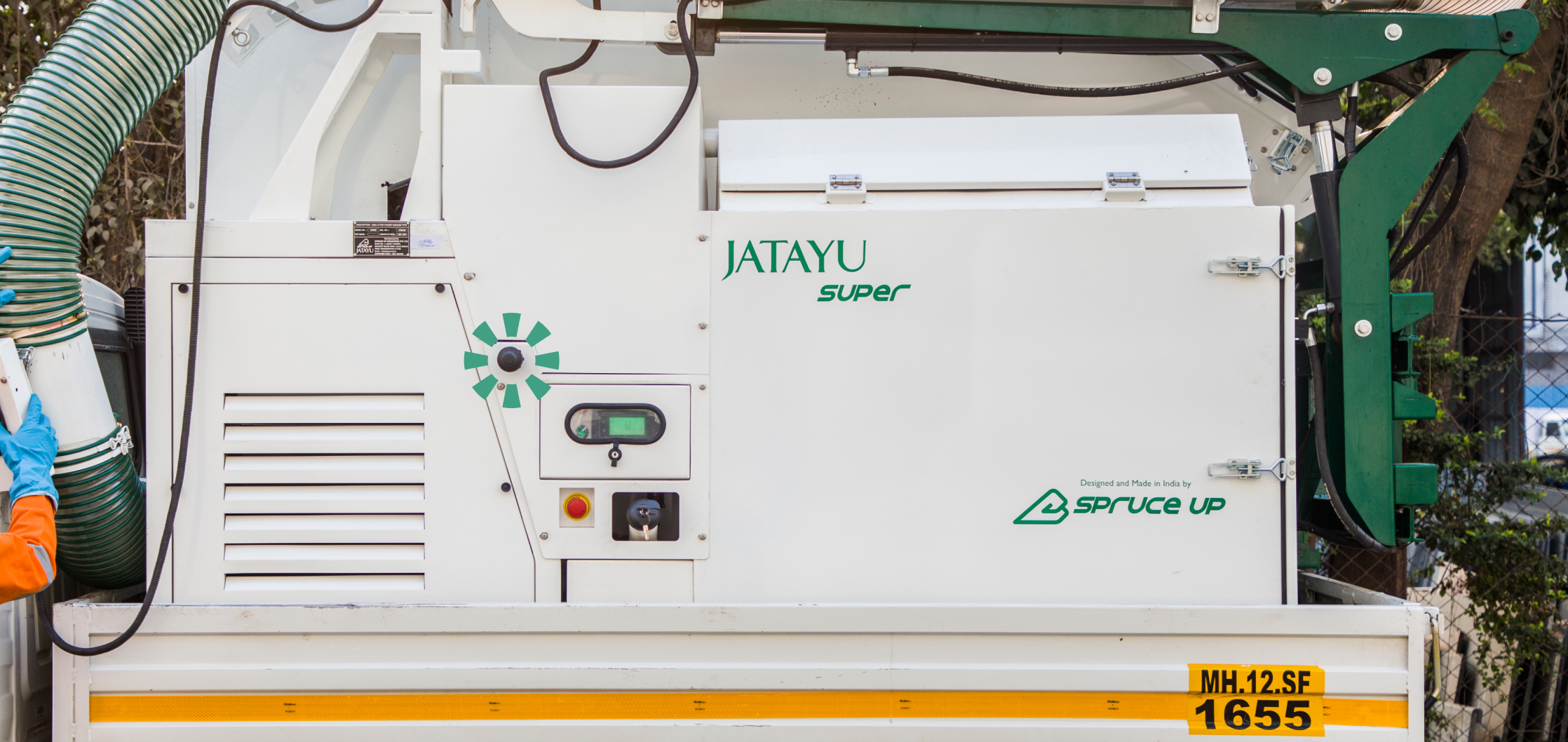Powering a vacuum litter picker
Introduction
For a vacuum litter picker to function effectively, its power source plays a defining role not just in how it runs, but in what kind of litter it can handle, how long it can operate, and where it can be deployed. There are two main ways such machines are powered: by drawing energy from the host vehicle or through an independent engine or battery system. Each method comes with its own set of advantages and limitations.
Power sources in vacuum litter pickers
1. Power from the host vehicle
In this setup, the vacuum system draws power directly from the vehicle it’s mounted on – either mechanically through a Power Take-Off (PTO) in diesel vehicles, or electrically via the vehicle’s battery or alternator. Although this approach reduces initial costs by eliminating the need for a separate engine and offers a more compact, lightweight setup, this method comes with clear limitations
Challenges:
The limited power output from the host vehicle often proves inadequate when dealing with heavy, wet, or bulky waste such as glass bottles, fabric, or coconut shells. Especially in demanding environments like India, this method has significant challenges. Additionally, the vacuum unit is bound to a single vehicle, its flexibility is inherently limited. It can’t be mounted on different vehicle types, whether for tough terrain or specialized applications. This restricts how and where the machine can be deployed, making it less adaptable to varied use cases.
2. Dedicated engine or battery power
Challenges:
While this approach offers greater flexibility, each power type comes with trade-offs. Engine-powered units add bulk and cost, which may not suit every operator and are only suitable for heavy litter picking and extreme conditions. Battery-powered systems, though cleaner and quieter, often fall short on power output and runtime, especially when dealing with dense, wet, or heavy waste, and require frequent charging or spare battery provisioning for longer shifts.
Jatayu's variable RPM power system

1. 20 HP diesel independent engine
JATAYU Super and HD are powered by a 20 HP diesel-fueled auxiliary engine, meaning the engine is dedicated solely to driving the vacuum system. This setup ensures the machine operates independently of any host vehicle, making it plug-and-play across a wide range of platforms. Diesel power is chosen for its torque, ruggedness, and fuel efficiency, and the 20 HP rating delivers the kind of high-performance output required to handle the demanding waste conditions typical of Indian roads and public spaces.
Benifits:
This engine powers a high-speed suction blower capable of lifting dense, wet, and heavy debris. Most battery-operated or vehicle-powered systems struggle with even basic litter, like dry wrappers or plastic cups. JATAYU, with its 20 HP diesel engine, pulls up wet coconut shells, fabric waste, and glass bottles without performance drops.
Because the vacuum system is self-contained, it can be mounted on any vehicle platform that can safely support its weight along with the litter it is designed to collect. This allows for deployment flexibility without being restricted to one specific vehicle type, making it a powerful and adaptable solution for varied ground conditions and operational needs.
2. Variable RPM control:
Benifits:
This flexibility translates into several operational advantages. The ability to adjust suction on the fly means one machine can handle a wide variety of litter types and surface conditions, reducing the need for multiple specialized tools. On a clean stretch of sidewalk, the operator can drop to a low RPM to save fuel and reduce noise. But when reaching a market area filled with wet garbage and plastic bags, they can ramp up the power instantly.
Running at lower RPMs when possible not only conserves fuel but also reduces wear on the engine and mechanical components, extending the machine’s service life. It also helps to lower noise levels, which is particularly valuable in sensitive environments like residential areas, campuses, or nighttime operations. Most importantly, real-time control empowers operators to be more responsive and efficient, delivering a rare balance of raw power and intelligent precision.
In a market flooded with low-powered, vehicle-bound vacuums that falter under pressure, JATAYU stands out; not just for having more muscle, but for matching it with control, independence, and adaptability.
It isn’t just a vacuum; it’s a litter-clearing system engineered for India’s toughest conditions.
